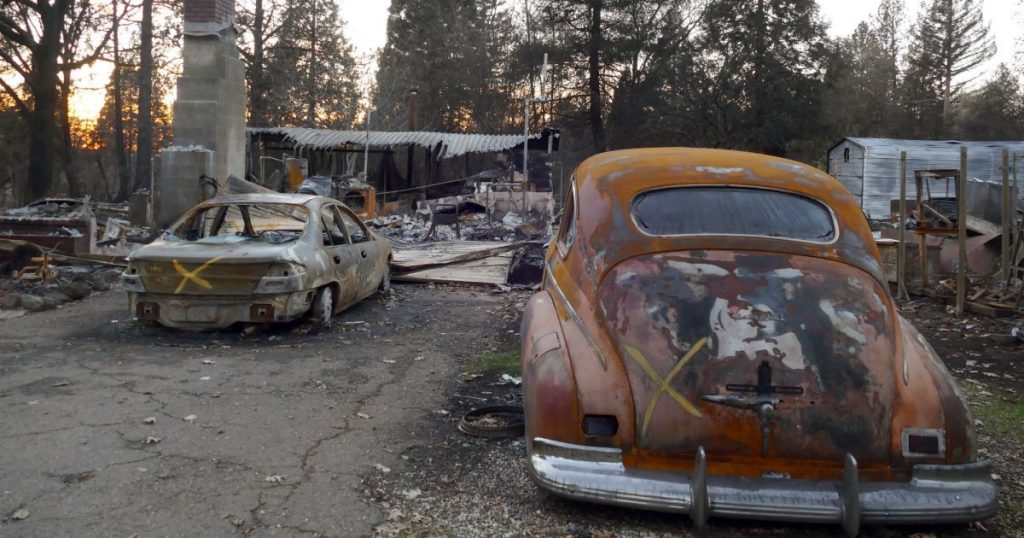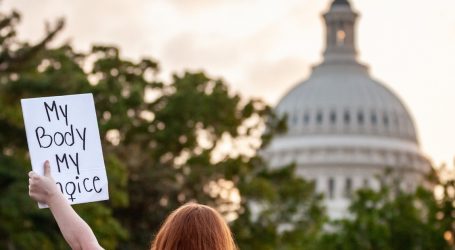In Natural Disasters, a Disability Can Be a Death Sentence
And for many disabled people, getting out of their homes is only the beginning. Shelters often lack necessary equipment and medications for disabled people who do evacuate, like hearing aids, walkers, wheelchairs or ventilators, Ramirez said. The prospect of rebuilding a home that had been built around an individual disability can also be daunting and expensive — particularly considering disabled workers typically earn significantly less than their able-bodied counterparts.
Mobility is the top issue in preparing disabled people for a disaster, said Evan LeVang, director of Butte County’s Disability Action Center. He recalled a horrifying phone call during the Camp fire, during which a quadriplegic man was stuck in his second-floor apartment with a broken elevator. The caller said his goodbyes because he thought he was going to die.
“You could hear the propane tanks going off in the background,” LeVang said. “It was emotional.”
LeVang’s team managed to contact a first responder on the ground in the town of Paradise, and the man was saved—but there had been no system in place to make that rescue happen, other than the luck of getting through to that first responder.
There were plenty of “heroic acts” in Paradise during the fire, but LeVang said the disabled community shouldn’t have to solely rely on individual acts of heroism to survive.
For now, though, he said, the unfortunate reality is that disabled people may be left to do their own emergency planning.
Some communities have taken steps to support disabled people, but there’s still a tremendous need for wider inclusion.
In 2007, the city of Oakland implemented a Functional Needs Annex to its Mass Care and Shelter plan, ensuring that disabled community members weren’t left out in an emergency. The annex is updated every few years to stay relevant to the community, and initial reports show the program helped identify more accessible shelters and more accessible alert notification systems. Kentucky has updated its disaster alerts systems by incorporating community training and committing to notifying disabled people in-person at the onset of a disaster. Arizona’s state health department purchased equipment to meet the needs of 1,000 disabled people in an emergency.
These are small and important steps, but “planning for this level of natural disasters hasn’t really begun,” Ramirez said. And until it does, the disabled community will continue to suffer—especially, Ramirez said, as climate change makes these incidents more frequent and more severe.
“I think it’s really important for us to ask [ourselves]: Can we really afford to not be doing this, knowing what we know now?” Ramirez asked.
Systemic change certainly needs to happen, but advocates like Ramirez and LeVang also want to encourage able-bodied people to show up for their disabled friends, family, neighbors and loved ones whenever there’s an emergency.
“Always ask people if they need help,” he said, noting that not every disability is apparent. “Recognize that that’s going to be a transitional phase. There’s going to be need for support on the long term, a continuum of care.”
Ultimately, inclusion—on both a systemic and individual level—matters most.
“I really think it’s important that people with disabilities be at the table making some of the decisions that impact our lives,” Ramirez said, “because when it doesn’t happen … a lot of the work falls short.”





